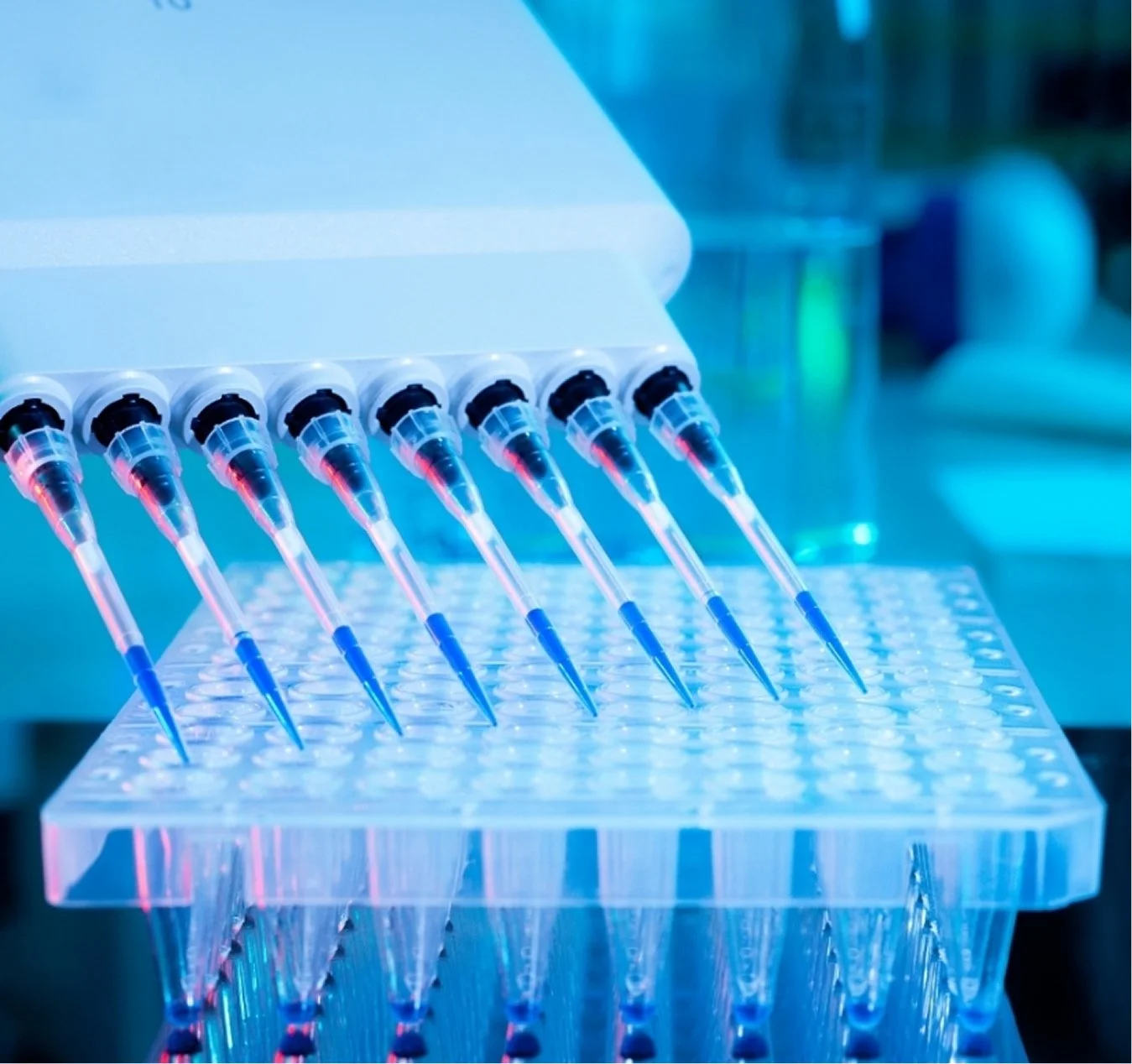 Image 1 of 1
Image 1 of 1


Human TIMP-1 ELISA Kit
SIZE
96 wells/kit
INTRODUCTION
Tissue inhibitor of metalloproteinases-1(TIMP-1) plays a crucial role in extracellular matrix (ECM) composition and wound healing. It has been found to be strongly upregulated in liver tissue and serum during hepatic fibrogenesis in patients with liver disease and in animal models of hepatic fibrogenesis.
PRINCIPLE OF THE ASSAY
This assay is a quantitative sandwich ELISA. The immunoplate is pre-coated with a monoclonal antibody specific for human TIMP-1. Standards and samples are pipetted into the wells and any human TIMP-1 present is bound by the immobilized antibody. After washing away any unbound substances, a biotin labelled polyclonal antibody specific for human TIMP-1 is added to the wells. After wash step to remove any unbound reagents, streptavidin-HRP conjugate (STP-HRP) is added. After the last wash step, an HRP substrate solution is added and colour develops in proportion to the amount of human TSP-2 bound initially. The assay is stopped and the optical density of the wells determined using a microplate reader. Since the increases in absorbance are directly proportional to the amount of captured human TIMP-1, the unknown sample concentration can be interpolated from a reference curve included in each assay.
SIZE
96 wells/kit
INTRODUCTION
Tissue inhibitor of metalloproteinases-1(TIMP-1) plays a crucial role in extracellular matrix (ECM) composition and wound healing. It has been found to be strongly upregulated in liver tissue and serum during hepatic fibrogenesis in patients with liver disease and in animal models of hepatic fibrogenesis.
PRINCIPLE OF THE ASSAY
This assay is a quantitative sandwich ELISA. The immunoplate is pre-coated with a monoclonal antibody specific for human TIMP-1. Standards and samples are pipetted into the wells and any human TIMP-1 present is bound by the immobilized antibody. After washing away any unbound substances, a biotin labelled polyclonal antibody specific for human TIMP-1 is added to the wells. After wash step to remove any unbound reagents, streptavidin-HRP conjugate (STP-HRP) is added. After the last wash step, an HRP substrate solution is added and colour develops in proportion to the amount of human TSP-2 bound initially. The assay is stopped and the optical density of the wells determined using a microplate reader. Since the increases in absorbance are directly proportional to the amount of captured human TIMP-1, the unknown sample concentration can be interpolated from a reference curve included in each assay.

